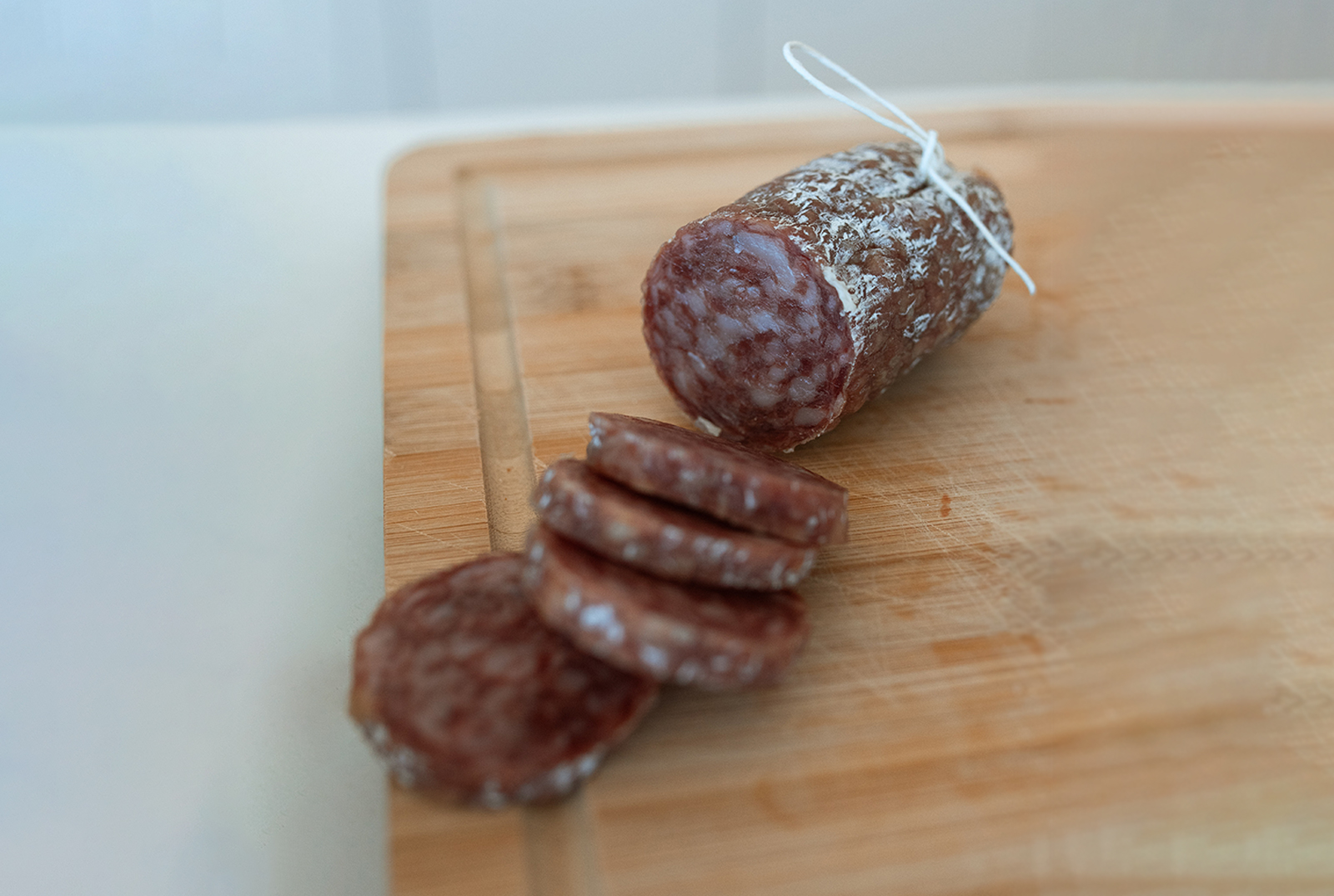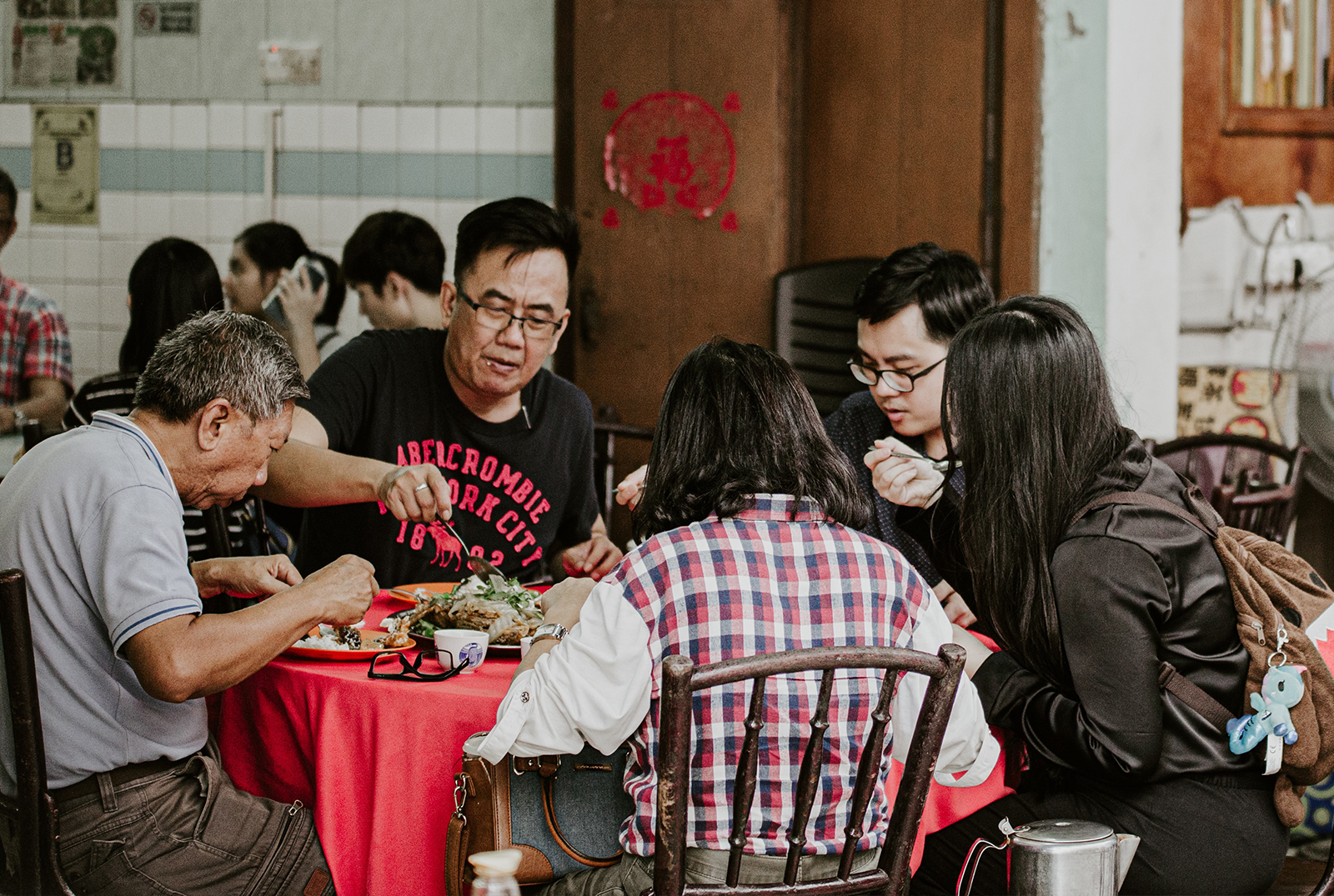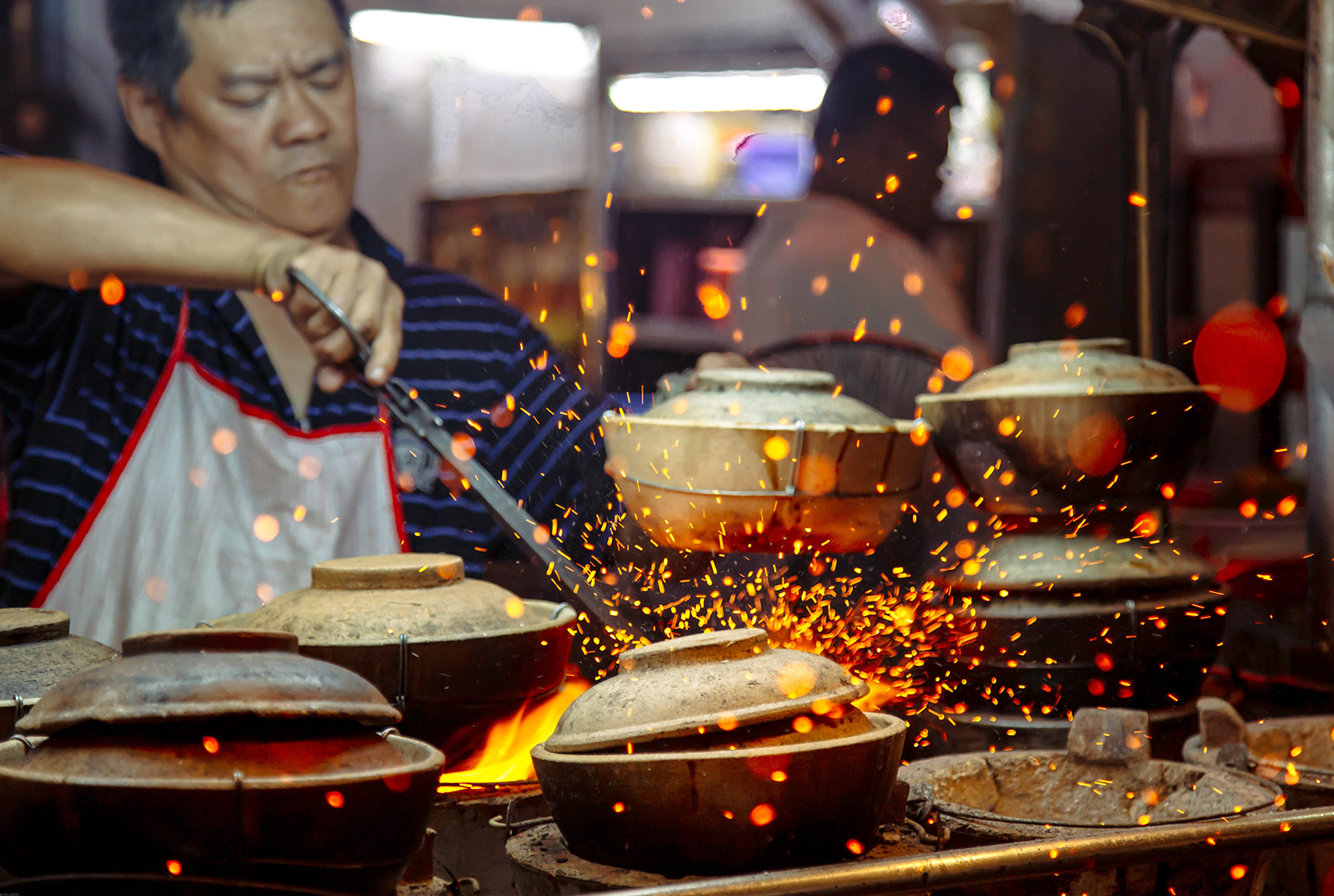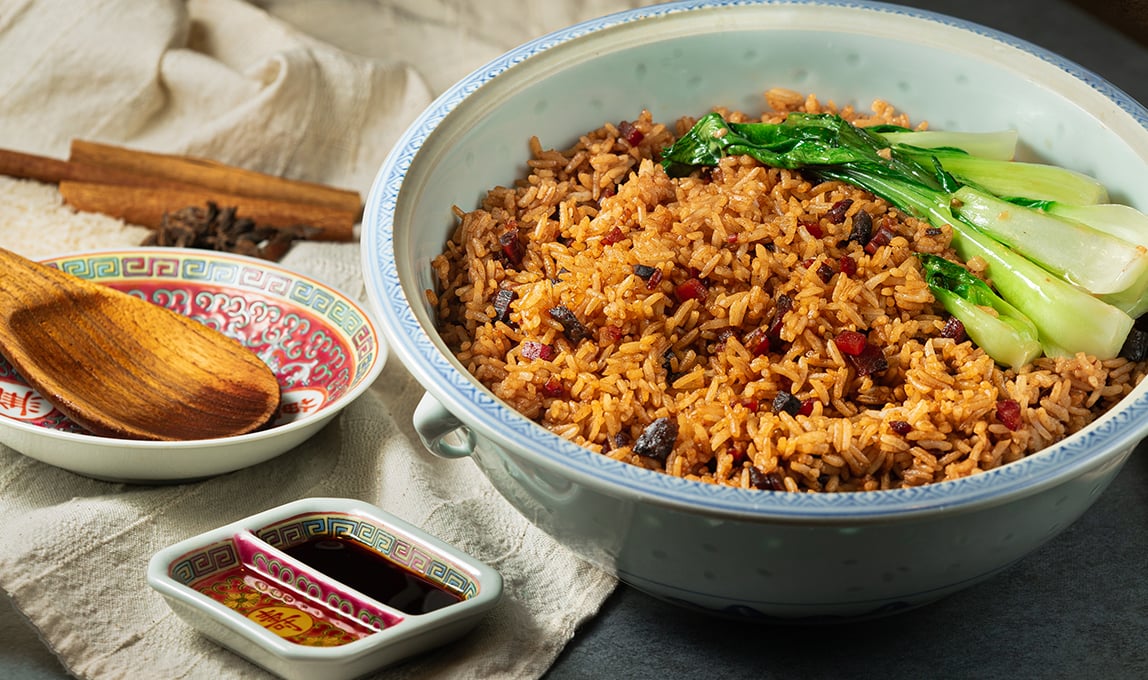When we mention the word “heritage”, many of us would relate it to the past; we think of inherited traditions and items that are passed down from generation to generation.
Cuisine is an undeniable part of heritage, given that recipes are passed down generations and tweaked to suit each family’s preferences. As a result, the recipe of a particular dish differs from family to family. One example of such a dish would be the Cantonese Lap Mei Fan (cured meat rice), which consists of a variety of preserved meats and rice. Beyond being a mouth-watering meaty dish that many have grown to love, here are 7 interesting facts about Lap Mei Fan that all millennials should know:
#1 THERE ARE 4 TYPES OF MEAT COMMONLY USED FOR LAP MEI FAN

Although there are different kinds of cured meat available in the market and speciality stores, the 4 types of meat we often find in our Lap Mei Fan are Lap Yuk, Lap Cheong, Yun Cheong and Lap Ngap Pei.
Lap Yuk is preserved pork belly that is marinated then air-dried, while the usual favourite — Lap Cheong, is a red sausage that is made from marinated smoked pork and pork. Yun Cheong is the darker sausage that is made from duck and pork liver, and Lap Ngap Pei, which is Chinese preserved duck leg that has been marinated in rice wine and then air-dried to enhance the concentration of its taste.
The combination of these four types of meat helps to enhance the taste of the rice and other ingredients, making the dish a delightful balance between sweet and savoury.
#2 THIS DISH WAS INTRODUCED EVEN BEFORE REFRIGERATORS WERE INVENTED
Yes, you’ve read that right — the cold and dry winter season meant that it was possible to preserve meat without having them turn bad!
There are a variety of ways to preserve meat; most meats then were preserved using salt, where some meats such as the Lap Yuk (pork belly) — a popular choice for Lap Mei Fan — would be salted and dried. Other methods of preservation include smoking the meat, which is how Lap Cheong (red Chinese sausages) is preserved.
The harmony of these different cured meats eventually formed the basis of the Cantonese Lap Mei Fan that we know and love today.
#3 IT’S A DISH THAT WAS RESERVED FOR SPECIAL OCCASIONS

While Lap Mei Fan can easily be ordered in restaurants at an affordable price now, this was not the case in the past.
Dining in restaurants was reserved only for special occasions in the 1950s and 1960s as many families could not afford it.
When they did gather at restaurants during festivities such as Chinese New Year, Lap Mei Fan was a must-have dish as it featured meats which were cured and preserved over the cold winter.
This is also how the Lap Mei Fan also became a symbolic Chinese New Year dish for the Cantonese.
#4 AN AGE-OLD VIRTUE IS NEEDED WHEN COOKING LAP MEI FAN

Lap Mei Fan may be a simple dish to whip up, but it actually requires the age-old virtue of patience in order for it to taste delicious.
If you open the pot before it’s cooked, the flavours may not be able to fully develop and infuse into each other in the pot.
In order to have the best taste of the Lap Mei Fan that we fondly know and remember, make sure to wait until it’s fully cooked!
#5 LAP MEI FAN TEASES THE 4 SENSES
It’s more than just the taste of Lap Mei Fan that makes the dish so appetizing.
From the colourful display of the different cured meats, vegetable, rice and dark soy sauce, to the delightful aroma and the crackling of burnt rice that we all love, Lap Mei Fan is a tantalizing treat to our senses.
#6 IT BRINGS BACK MEMORIES FOR MANY
The power of food to connect people is like no other — people feel closer when they share a love for the same type of scrumptious food, and through conversations that take place over meals. Food becomes an important part of our relationships and precious memories.
Lap Mei Fan, both a staple Chinese New Year dish and commonly served at get-togethers, is a clear example of this. To many older folks, their fond memories of the past consist of the moist and delicious taste of the Lap Mei Fan rice, along with conversations and laughter shared over the meal.
On occasions where you find yourself without any ideas for your meals, why not try making Lap Mei Fan?
It is a simple yet nostalgic dish that would be a great activity for all members of your family to try together, and you may even learn a new thing or two about your parents’ younger days.
#7 EACH FAMILY’S LAP MEI FAN RECIPE IS PROBABLY DIFFERENT
Given that Lap Mei Fan is a heritage cuisine that is easily customisable, each family’s recipe for Lap Mei Fan will be different, as it has gradually adapted to suit each family’s tastebuds.
Some families add more meats to the dish, such as Lap Ngap Hoong (Chinese preserved duck breast) and Ngo Yun Cheong (Chinese preserved goose liver sausage) while others add other condiments, seasoning or ingredients to suit their preferences.
Regardless of the differences in recipes, it’s agreeable that Lap Mei Fan tastes the best when eaten while it’s still hot!
LAUNCHING SOON – AT-SUNRICE’S HERITAGE GOURMET DELIVERY & TAKEOUT MEALS
If you’re thinking of enjoying Lap Mei Fan at home together with your loved ones, At-Sunrice GlobalChef Academy will be launching a brand-new Heritage Gourmet delivery & takeout meal service in about 2-4 weeks.
Indulge in the wonderful flavours of Lap Mei Fan and take a walk down memory lane with your loved ones. Who knows, you might get to know them better through their preferences during the meal!
Pre-orders for At-Sunrice GlobalChef Academy’s Heritage Gourmet delivery & takeout meals will be opening soon so watch this space for more information!


This site uses Akismet to reduce spam. Learn how your comment data is processed.